Marinus Link Pty Ltd (MLPL) announced it has achieved financial close and issued notices to proceed on its cable and converter contracts following a record investment by the Australian government’s Clean Energy Finance Corporation (CEFC)
The CEFC has committed an expected $3.8 billion (USD 2.47 billion) to the project that includes a 1,500 MW electricity interconnector stretching 255 kilometres undersea from Burnie in northwest Tasmania to Waratah Bay in Victoria, then a further 90 km underground to the Latrobe Valley.
The interconnector will support the two-way exchange of Tasmania’s hydropower and wind developments with the excess solar and wind generated from renewable energy assets in Victoria and New South Wales. The project is to be delivered in two 750 MW stages.
MLPL Chief Executive Officer Stephanie McGregor said the CEFC commitment completes the financing requirements for the estimated $5 billion first 750 MW stage. It comes after equity commitments from the Commonwealth, Tasmanian and Victorian governments were received in August.
“Marinus Link Stage 1 is now fully funded, we have key Commonwealth and Victorian environmental approvals, a draft regulatory decision and almost all major contracts in place,” she said.
“Our expert team is mobilising for construction in 2026, and we are thrilled to deliver this critical national energy infrastructure, which will bolster energy security, promote renewable energy investment and deliver tangible benefits to consumers in Tasmania, Victoria and the broader National Electricity Market.”
MLPL last year signed contracts with Switzerland-headquartered technology company Hitachi Energy to supply the project’s converter stations and Italian manufacturer Prysmian Powerlink to supply the project’s high-voltage direct current (HVDC) cables.
The two companies have now been given notices to proceed, meaning engineering designs can be finalised and pre-construction activities can begin.
“Marinus Link is moving from plans on paper to work on the ground – creating thousands of jobs, boosting reliability and delivering clean power where and when it’s needed,” Australian Energy Minister Chris Bowen said.
Construction of the first stage of the project is expected to commence next year and is scheduled for completion by 2030.
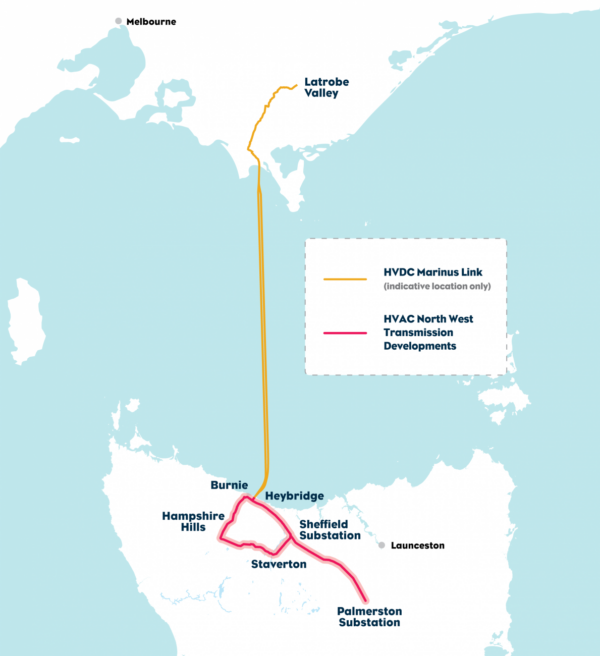
McGregor said the CEFC backing – with the final amount still subject to the regulator’s final determination on project costs – is expected to reduce the impact of Marinus Link on transmission costs by 45%, saving customers $900 million during the first five years of the project’s life.
“The ability to access the concessional loan through the CEFC enables Marinus Link to deliver this critical infrastructure at the lowest possible cost to consumers,” she said.
CEFC Chief Executive Ian Learmonth says Marinus Link is the seventh project to be financed through the CEFC Rewiring the Nation (RTN) Fund, with the total value of CEFC RTN Fund commitments exceeding $7 billion.
“As a specialist green energy investor, the CEFC is committed to using our capital to accelerate the delivery of nation building projects of this scale,” he said.
“As with all our transmission-related investments, we have taken care to structure our finance in a way that maximises the benefits to consumers, by lowering project borrowing costs, which in turn will lower overall project costs.”
The federal government holds a 49% share of Marinus Link, with the Victorian government at 33.3% and Tasmania 17.7%.
This content is protected by copyright and may not be reused. If you want to cooperate with us and would like to reuse some of our content, please contact: editors@pv-magazine.com.
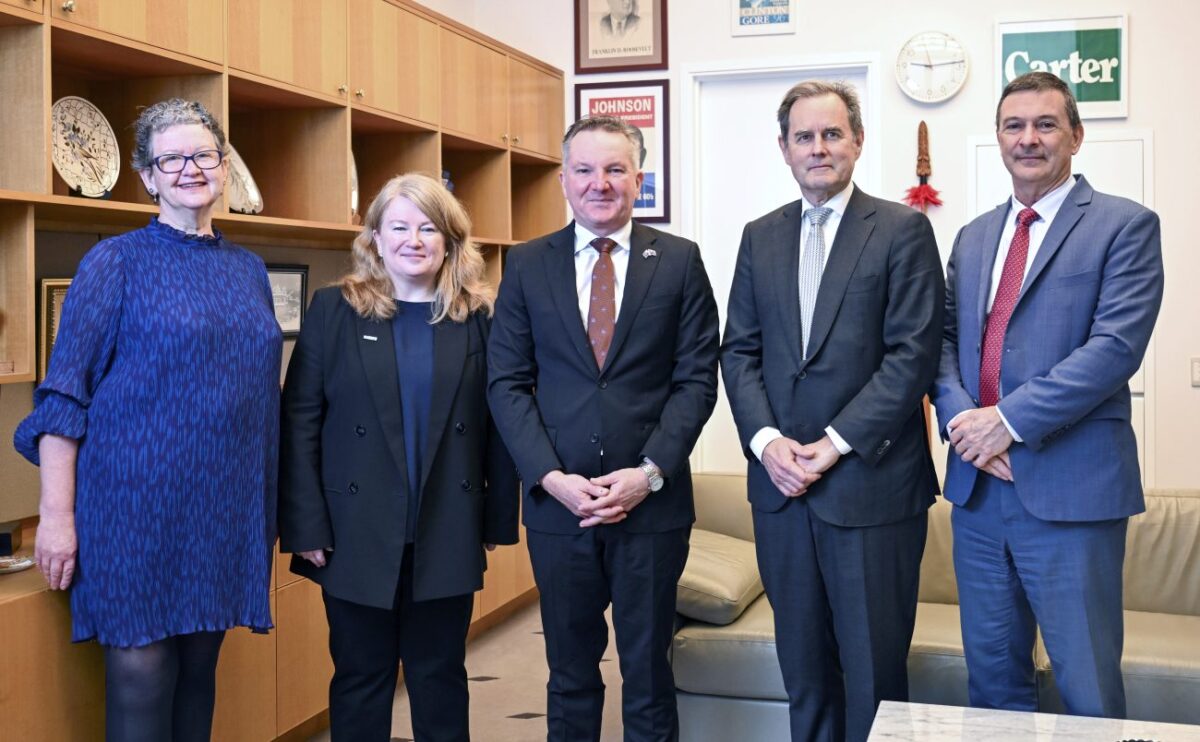



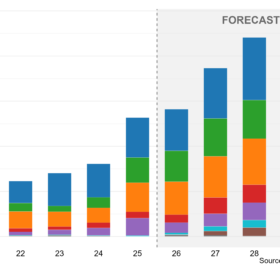
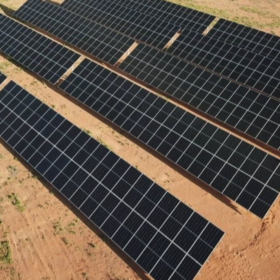
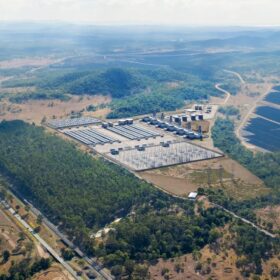
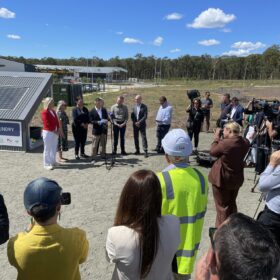

1 comment
By submitting this form you agree to pv magazine using your data for the purposes of publishing your comment.
Your personal data will only be disclosed or otherwise transmitted to third parties for the purposes of spam filtering or if this is necessary for technical maintenance of the website. Any other transfer to third parties will not take place unless this is justified on the basis of applicable data protection regulations or if pv magazine is legally obliged to do so.
You may revoke this consent at any time with effect for the future, in which case your personal data will be deleted immediately. Otherwise, your data will be deleted if pv magazine has processed your request or the purpose of data storage is fulfilled.
Further information on data privacy can be found in our Data Protection Policy.